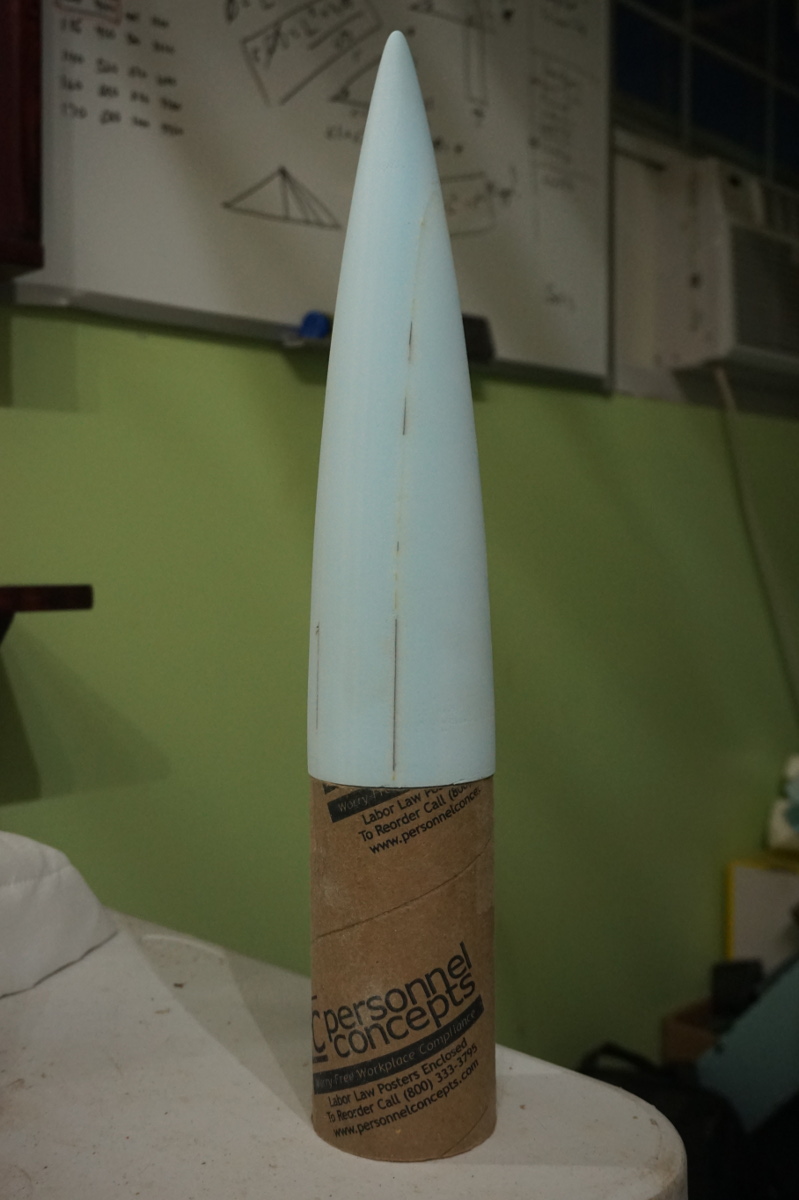Off Grid Gecko
Well-Known Member
Just thinking outside the box, for these big tubes with big deep spirals, why not just do a wrap with drawer liner self adhesive paper? Okay, you will have one tiny seam on one side, but seems like you could often fit this into the design.
You would need to cut out the attachments sites for fins and lug, but seems like a lot easier than fill and sand and fill and sand.
Always a possibility. I don't have much experience with the paper. My dad was a body man when it came to working on cars so sanding and filling is what I'm familiar with, but a paper wrap will definitely work. When I roll tubes for my little rockets now, I roll them the long way. I don't mind the seam, but I do smooth it out a bit before finishing. I also try to get the inner seam to line up with the outer when possible to keep the thickness consistent.
I think wrapping with glass is generally the same idea, the spirals are filled or covered automatically so there's no need to worry about them.
Your idea might actually be the perfect solution for a quicker build where the spirals don't show up on the final rocket. You could pretty well stick the paper and apply paint, possibly use a decal of some sort to hide the paper seam, and you're ready to fly. Perhaps vertical black stripes, one that meets the edge of the vertical seam? Like a redstone paint profile or something. Let's face it, paint jobs are mostly for looks. They can enhance performance but I think that's usually a secondary goal rather than the primary objective. People like beautiful rockets. Even when the paint serves a purpose (i.e. prevent rust on military hardware) we still find it stylized.





